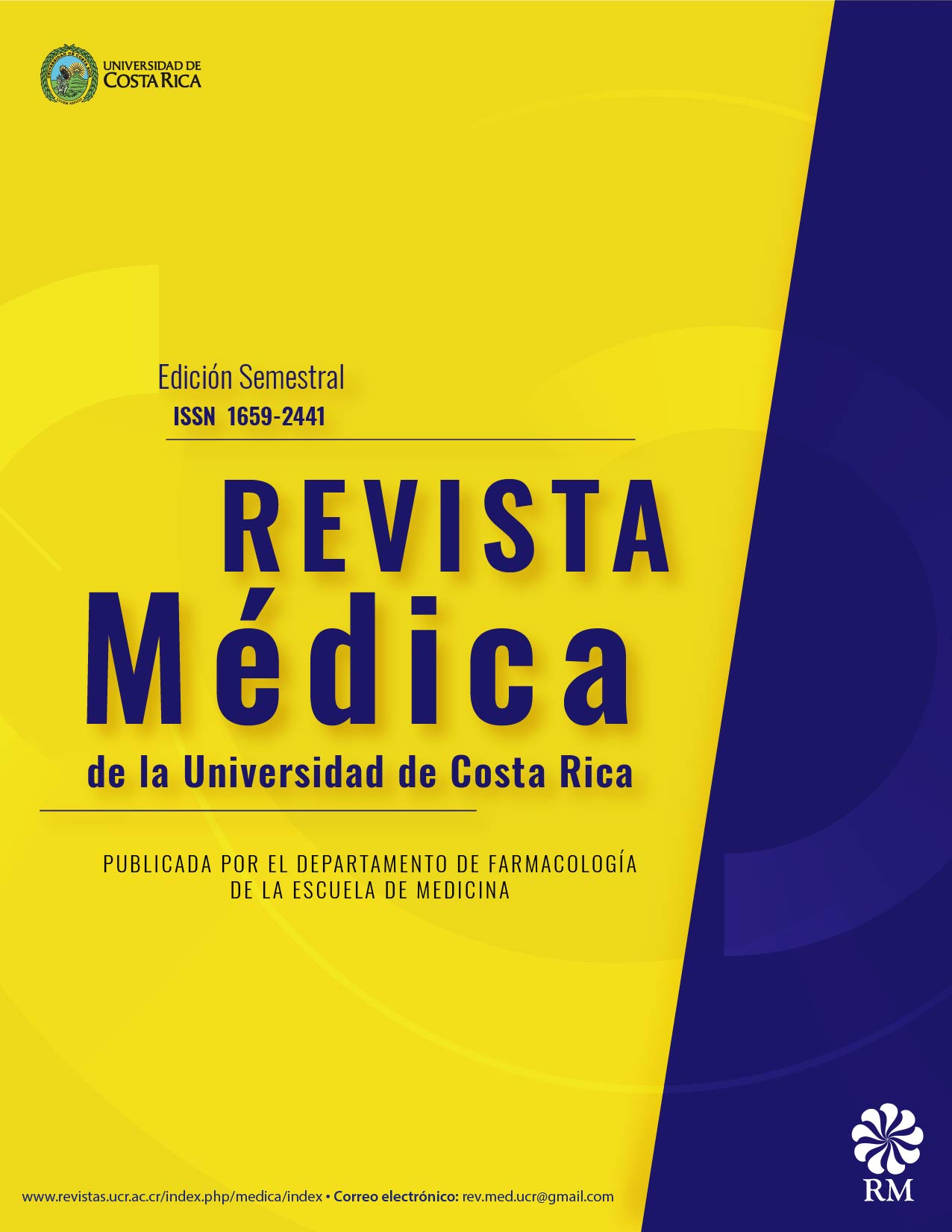Abstract
Analgesia has been a therapeutic target over the years and has been studied with emphasis on the body's own ability to make people feel partial or total pain relief in the presence of a nociceptive stimulation, especially in what is known as the Endogenous Analgesic System. The objective of this review is to provide a framework of the physiological bases that are involved in this system and its modulation at different levels. The gate theory served for a long time to give a basic overview of the modulation of pain at the spinal cord, then it became more complex until what is known today. The brain stem modulates these spinal cord circuits trough the periaqueductal gray-rostral ventromedial medulla system, as well as other serotoninergic and noradrenergic neuronal systems. Finally, the upper centers that participate in pain modulation are in different structures such as the prefrontal, anterior cingulate and motor cortex, and also in deep nuclei such as the amygdala. The review concludes with a pharmacological correlation on possible mechanisms that could be the target of therapies in the treatment of pain.


